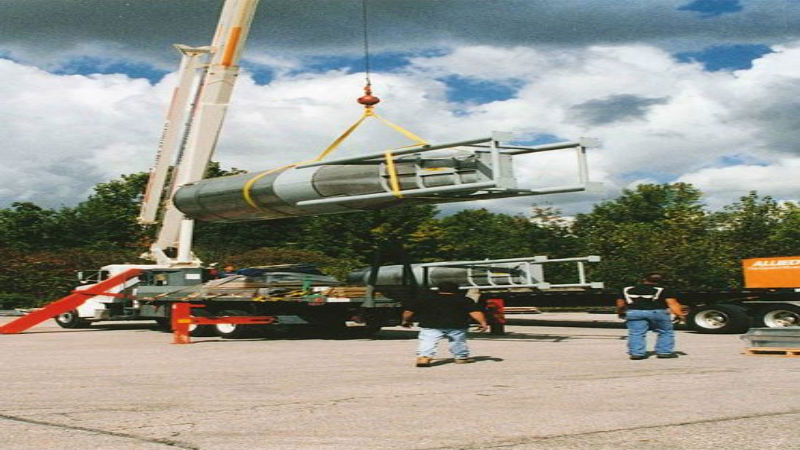Stainless steel is capable of undergoing several different types of heat treatments and finishing processes to achieve the results the producer desires. Electropolishing, passivation and quenching may produce the right qualities, however, one of the preferred methods is annealing. Annealed stainless steel is one method of ensuring this alloy imbues the physical and/or chemical qualities sought by the manufacturer.
What Is Stainless Steel?
Stainless steel is a classification of special alloy steel. This steel contains more than the average amount of the element used in the alloying process. A steel alloy will contain certain amounts of carbon and trace elements of
* Manganese
* Silicon’
* Sulfur
* Phosphorous
A steel alloy, such as stainless steel, has significant amounts of a specifically added element to effect a change in the mechanical and/or physical properties. In general, stainless steel contains a minimum of 11% chromium. It sometimes contains a high percentage of nickel as well.
The percentage of alloying elements will indicate the type of steel alloy. If the total metallic alloy amount is less than 5% the result is a low alloy steel. If the total is greater than 5%, the result is a high alloy steel, such as stainless steel.
The Process of Producing Annealed Stainless Steel
Annealing is a specific method of first heating than cooling metal. It takes place in a furnace or oven. Although several types of annealing exist, including full and process, they all consist of three basic steps or phases. These are:
1. A heating cycle
2. A holding period
3. Controlled cooling cycle
The entire process may take place over hours or even days. It depends upon the specific method used as well as the purpose. For example, process annealing is often common if the intent is for stress relief. Spheroidizing annealing produces spheroidization of carbon phases. In the case of annealed stainless steel, the method may also vary to suit the intent and type of stainless steel.
Why Annealed Stainless Steel?
By controlling a heating and cooling cycle, the annealing treatment serves several specific purposes. In the case of steel, annealing is a transformational process. Annealed stainless steel:
* Reduces the hardness of the metal
* Relieves any stresses in the metal
* Develops a specific microstructure with certain mechanical and physical properties
* Improves machinability
* Improves formability
These are all desirable qualities and excellent reasons why manufacturers may choose annealed stainless steel over other potential treatments.
Annealed Stainless Steel
Manufacturers usually treat metal to be used as components or larger items. Various methods are available from which to choose. In the case of steel and steel alloys, annealing is common. The advantageous results of utilizing this treatment ensure annealed stainless steel will remain popular.

